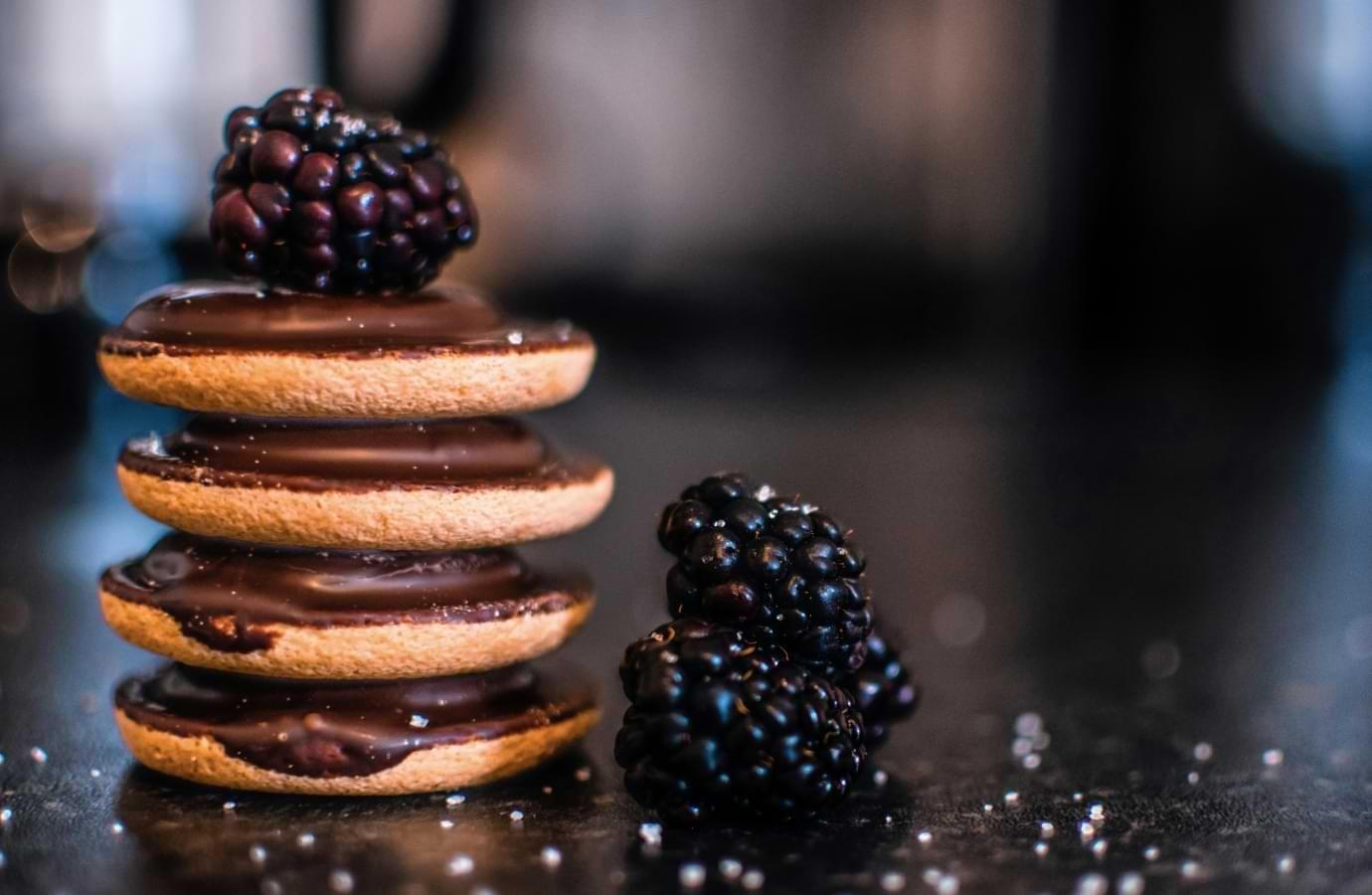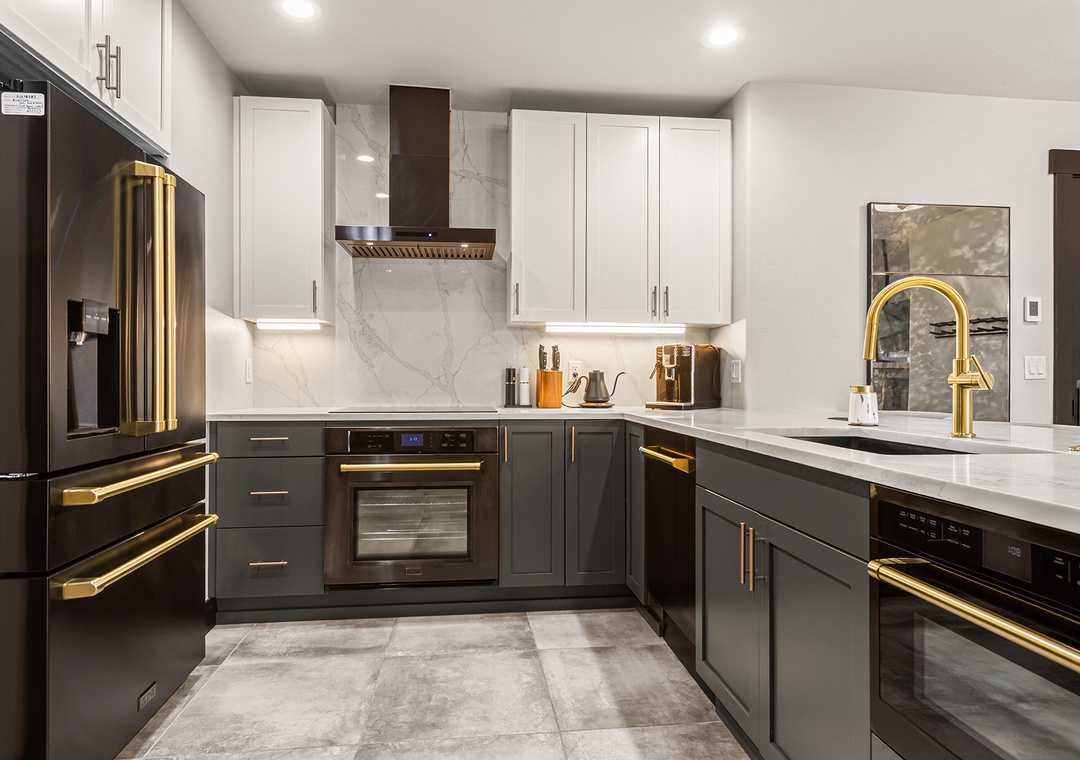High-altitude cooking in Breckenridge made easy. Expert baker Vera Dawson shares tips for perfect cookies, cakes, and more at 9,600 feet.
Are you a cooking lover? Cooking or baking in Breckenridge isn't just about great ingredients; it's about mastering altitude. At 9,600 feet above sea level, even simple recipes can behave unpredictably.
Water boils at a lower temperature, gases expand faster, and baked goods rise and collapse like deflated balloons. Local baking expert Vera Dawson, author of Cookies in the Clouds and Baking Above It All, explains that success here takes more than following box directions; it requires adapting every recipe thoughtfully.
At Western Lodging, we specialize in premium, boutique-style vacation rentals, taking pride in creating a true mountain escape where comfort meets adventure.
As locals, we know Breckenridge, Frisco, and Keystone like the back of our hands, and our blog is packed with insider tips for your next mountain getaway. Visiting our region for the first time? Planning a ski trip? Into summer mountain thrills? We've got you covered!
Today we're sharing something special: tips from local expert Vera Dawson on high-altitude cooking in Breckenridge. Grab your chef's hat, it's time to cook like a local!

1. Why High-Altitude Cooking Is So Challenging
Cooking at high altitude changes how ingredients interact because lower air pressure alters heat, moisture, and leavening. Even mixes labeled "for high elevation" rarely account for Breckenridge's extreme altitude.
Most prepackaged directions only adjust up to 7,000 feet, leaving home bakers several thousand feet short of success.
"You often end up with hockey pucks or a pan full of brown paste," Dawson says. "The first rule is to avoid instant mixes altogether." Instead, she encourages home cooks to learn basic altitude adjustments.
Scientific note: At 9,600 feet, water boils at roughly 194°F — about 18°F lower than at sea level. This lower boiling point means foods take longer to cook and lose moisture faster.
2. Adjusting the Science: Dawson's First Rule
There's no universal formula for high-altitude cooking — each recipe requires its own modifications.
"The first thing to know is there is no formulaic way to approach it," Dawson explains. "Each recipe needs its own changes. But there are some general tips."
Her advice focuses on balance: reduce leavening agents, slightly increase liquids and flour, and expect longer cooking times. Experimentation, she notes, is essential. "I learned all I know through a lot of trial and error."

3. Muffins, Biscuits, and Light Pastries
For fluffy, tender pastries, scale down the leavening and boost moisture slightly.
Dawson advises decreasing sugar and baking powder or soda — sometimes by half — while adding one tablespoon of water or milk and two tablespoons of flour. This helps maintain structure without overexpansion.
"You're always decreasing chemical leavenings," she says. "When I'm making Madeleines, I eliminate them entirely. They puff up enough from the egg whites if they're well beaten."
Quick Tips:
- Reduce baking powder or soda by 50%.
- Add 1–2 tablespoons of extra liquid.
- Beat eggs thoroughly to aerate the batter naturally.
4. Cakes: Smaller Pans, More Patience
Use smaller pans, reduce leavening, and extend baking time for consistent, moist cakes.
Dawson decreases baking powder by at least 25%, adds one extra egg or moist ingredient, and increases flour by one tablespoon per cup. She also greases pans thoroughly with oil and flour to prevent sticking.
"I use smaller pans than I do at sea level," she explains. "Textures get denser here as liquids evaporate. I'll use a 6-inch Bundt pan instead of a 12-inch and bake two smaller cakes instead."
Quick Tips:
- Fill pans only halfway to prevent overflow.
- Bake longer, but at the same temperature for even texture.

5. Pie Crusts: Easier Than You Think
Pie crusts hold up surprisingly well at altitude with a touch more water.
Dry mountain air can cause homemade dough to crumble. Dawson recommends adding just enough extra water to keep it pliable.
"Happily, pie crusts cook well at altitude," she says. "Just make sure the dough isn't too dry — a little extra moisture helps it stay together."
6. Cookies: Chill Before You Bake
High-altitude cookies need less fat, slightly more flour, and sometimes a quick freeze before baking.
Dawson advises skipping butter-heavy batters, reducing sugar, and adding at least two tablespoons of flour per batch. Avoid greasing cookie sheets — use parchment instead.
"Often with a cookie I don't want to spread, I put it in the freezer for 5 or 10 minutes," she explains. "And with drop cookies like chocolate chip, we underbake them here. That pretty golden color? At altitude, that means they're overbaked."
Quick Adjustments:
- Reduce butter and sugar slightly.
- Add 2 tablespoons flour.
- Bake at a slightly lower temperature for 1–2 minutes longer.
7. Keeping Baked Goods Fresh
Wrap everything immediately after cooling to prevent dryness.
High, dry air pulls moisture from baked goods fast. Sealing cakes, cookies, and pastries in airtight containers keeps them soft and flavorful.
Quick Tips:
- Wrap items once cooled but still slightly warm.
- Freeze extras in labeled, dated bags for up to three months.
8. Beans, Grains, and Pasta
Expect longer cooking times — and use canned legumes when possible.
Without a pressure cooker, it's nearly impossible to fully soften dried beans at altitude. Water also evaporates quickly, so add extra when boiling pasta or rice.
"Water boils at a lower temperature here," Dawson says. "Plan to keep it on the stove longer and add more water to account for evaporation."

9. Meats and Soups: Flavor Takes Time
At altitude, meats and stews need lower heat and longer cooking to stay tender.
Roasts, hams, and turkeys lose moisture faster, so baste often and check internal temperature with a meat thermometer. Grilling also requires patience — keep meat away from direct flame and reduce heat slightly.
Dawson recommends extra attention to flavor: "Liquids and spices fade fast up here. Add water and a little more seasoning as you go."
Cooking Reminders:
- Add an extra 15–25% cooking time for large meats.
- Keep soups covered to retain liquid.
- Add one cup of extra water to sauces or stews.
10. When in Doubt, Go Local
Look for recipes developed specifically for high-altitude regions.
Local cookbooks and community blogs often test recipes at elevations similar to Breckenridge's, saving you time and frustration.
"You'll have to experiment," Dawson says. "But starting with recipes already tested at altitude helps a lot."
Resource Suggestion:
- Check Colorado State University Extension's High Altitude Cooking Guide for scientifically tested adjustments.

Where to Stay During Your Visit to Breckenridge, Frisco, and Keystone
At Great Western Lodging, we offer a superior selection of luxury properties, ski-in/ski-out options, and downtown lodgings, some of which are pet-friendly, in Breckenridge, Frisco, and Keystone.
Staying in one of our properties, we guarantee you'll have nothing less than a 5-star experience during your trip to Colorado (Just don't blame us if you never want to check out!).

